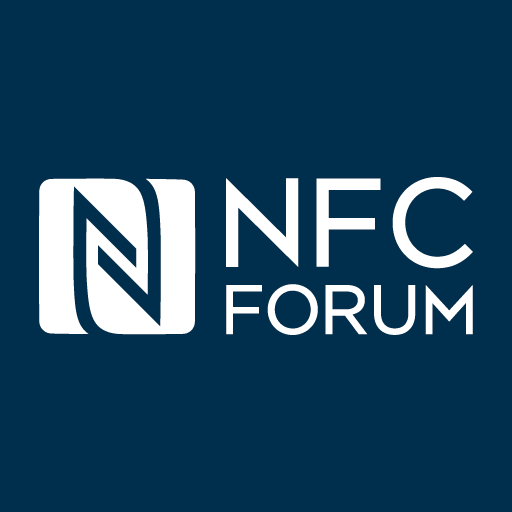The NFC Forum announced Thursday availability of one adopted and four candidate technical specifications, following approval by the Board of Directors. The specifications are available on the NFC Forum website. The NFC Forum Type 1-4 Tag Candidate Specifications, currently open for industry comment, allow for enhanced communications between an NFC-enabled device and different existing tag hardware.
Formerly a candidate specification, the Analog 2.0 Technical Specification delivers new capabilities that support improved RF communication to ensure interoperability between Near Field Communication (NFC) devices and existing RF infrastructure and cards based on the ISO/IEC 14443 and ISO/IEC 18092 standards.
The NFC Forum aims to advance the use of NFC technology by developing specifications, ensuring interoperability among devices and services, and educating the market about NFC technology. The Forum’s global member companies are currently developing specifications for a modular NFC device architecture, and protocols for interoperable data exchange and device-independent service delivery, device discovery, and device capability.
The NFC Forum’s Sponsor members include Apple, Broadcom, Dai Nippon, Google, Intel, MasterCard Worldwide, NEC, Nokia, NXP Semiconductors, Qualcomm, Samsung, Sony, STMicroelectronics, and Visa.
NFC Analog Technical Specification Version 2.0 is focused on the analog characteristics of the RF interface of an NFC-enabled device. It harmonizes and ensures the interoperability between an NFC device and the existing ISO/IEC 14443 and ISO/IEC 18092-based infrastructure and cards.
The new specification also ensures reliable communication between NFC devices, independent of antenna size, and ISO/IEC 14443 and ISO/IEC 18092-based readers. Version 2.0 is particularly important for the public transport market, which usually uses an infrastructure based on ISO/IEC 14443 or ISO/IEC 18092.
The specification also adds NFC-V technology and Active Communication Mode. Active Communication Mode is an alternative to the Passive Communication Mode defined in previous NFC Forum specifications. This mode is compatible with the Active Communication Mode of ISO/IEC 18092 and therefore enhances interoperability with other NFC devices that use this communication mode.
In active communication mode, each peer device, in turn, generates a field when sending information to the other end of the link, thereby balancing power consumption between the devices and enhancing link stability. NFC-V technology supports reading ISO/IEC15693-based cards and NFC Forum Type 5 tags, further enhancing NFC device interoperability.
NFC Forum Type 1-4 Tag Candidate Specifications include the technical information needed to implement the reader/writer and associated control functionality of the NFC device to interact with the tags as it is already defined by the existing NFC Forum Type 1-4 Tag Operation Specifications.
The new NFC Forum Type 1-4 Tag Candidate Specifications add additional requirements to each of the tag types to increase interoperability by allowing providers of NFC Forum Tags to verify that their tags are compatible with the NFC Forum specifications. These specifications allow for the storing and reading of an NFC Data Exchange Format (NDEF) message on the NFC Forum Tag. The NDEF Message can contain a variety of information, resulting in different actions on the NFC Forum Device reading an NFC Forum Tag.
“With almost 40 billion connected devices expected by 2020 and over one billion NFC-enabled devices already in the market, the importance of NFC RF communication interoperability and NFC tags will continue to grow, especially in the transportation, Internet of Things and payments markets,” said Koichi Tagawa, chairman of the NFC Forum. “These NFC Forum technical specifications provide engineers the freedom to create advanced, innovative designs that offer a consistent user experience without having to risk interoperability issues with the existing infrastructure.”




